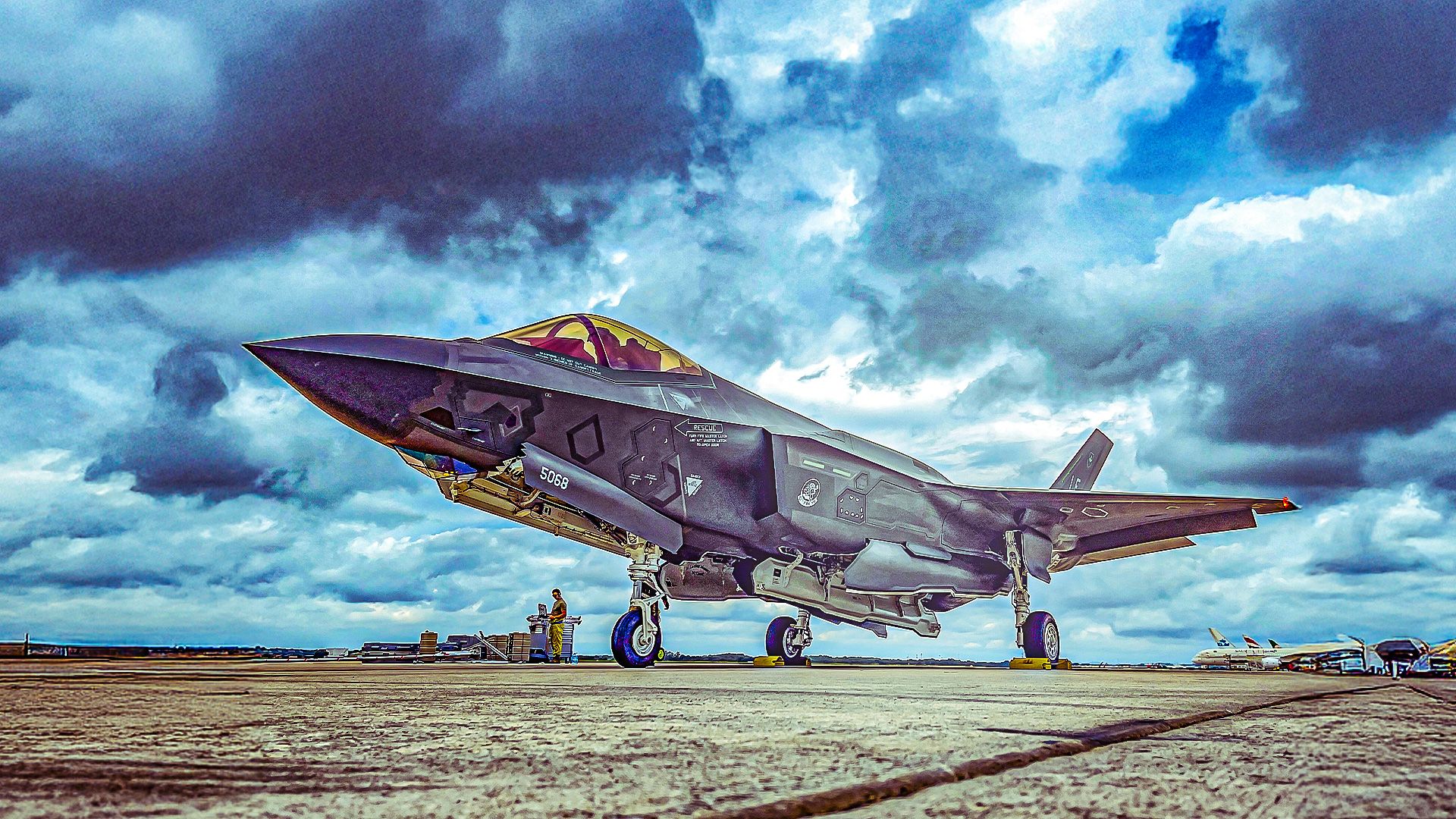The United States’ F-35 Lightning II program, developed by Lockheed Martin, has been a focal point in military aviation for over two decades. Originally envisioned as a revolutionary jet that would redefine modern air combat, the F-35 has faced criticism for its lengthy development timeline and persistent issues with cost and readiness. As the world advances toward sixth-generation fighter programs and unmanned combat air vehicles (UCAVs), questions arise about whether the U.S. has fallen behind.
The F-35 was intended to be a multi-role stealth aircraft, capable of replacing various legacy fighters. However, more than twenty years after its first flight on December 15, 2006, it remains a complex paradox. Dominating Western inventories, the aircraft grapples with significant challenges related to cost, operational readiness, and upgrade timelines. The question emerges: has the protracted development of the F-35 hindered the U.S.’s competitive edge in future airpower?
Evaluating the Trade-offs in Development
The F-35 program has consumed vast resources, including time, funding, and political capital. Supporters argue that these investments have ensured U.S. dominance in allied airpower, creating an intricate network that integrates industrial, tactical, and diplomatic elements. This ambition, however, has come at a cost, allowing adversaries to advance their own fighter jet programs more rapidly.
For instance, China’s Chengdu J-20 Mighty Dragon progressed from its first flight in 2011 to operational status within a decade, while Russia’s Sukhoi Su-57 Felon entered limited deployment in 2020. Concurrently, a new generation of unmanned stealth aircraft, such as the Boeing MQ-28 Ghost Bat and Russia’s S-70 Okhotnik-B, have begun to challenge traditional notions of air superiority. Europe is not far behind; its Global Combat Air Programme (GCAP) and Future Combat Air System (FCAS) are being designed around manned-unmanned teaming from inception.
The F-35’s development has been marked by its goal to evolve continuously. Its Block 4 modernization package, which promises enhanced sensors, computing capabilities, and weapons, is still under development, with full implementation now expected around 2029. The cancellation of the Adaptive Engine Transition Program (AETP) in 2024 due to rising costs and integration issues has further complicated the aircraft’s evolution.
The F-35’s Legacy and Future Implications
The F-35’s journey from prototype to operational aircraft has been shaped by three key factors: technological ambition, procurement complexity, and strategic patience. The Joint Strike Fighter program aimed to create a versatile stealth aircraft family that could satisfy the diverse needs of the U.S. Air Force, Navy, and Marine Corps, while appealing to international partners. This ambition led to groundbreaking innovations, such as the lift fan system for the F-35B variant, but it also introduced significant engineering and logistical challenges.
With participation from eight partner nations, including the UK, Italy, and Australia, the program’s multinational collaboration has slowed development but solidified the F-35’s role as a NATO standard. By 2025, over 20 countries are expected to operate or have ordered the aircraft, fostering interoperability within allied forces.
The F-35’s development model emphasizes longevity over speed. Each software “Block” introduces new capabilities while maintaining the core design, resulting in a perpetual modernization cycle. Despite its advanced features, the F-35 has become the most expensive weapons system in history, with projected lifetime costs exceeding $1.7 trillion, according to the U.S. Government Accountability Office (GAO). Critics argue that this figure highlights bureaucratic inertia, while proponents view it as a necessary investment for shared capabilities among allied forces.
Feedback from pilots reveals a complex picture. While they praise the F-35’s situational awareness and ability to function as an information hub in multinational exercises, challenges in availability and sustainment persist. A GAO review found that mission-capable rates for the U.S. fleet averaged only 55 percent, significantly below the Pentagon’s 80 percent benchmark. Issues such as component wear, software update delays, and spare parts shortages continue to impede operational readiness.
As the F-35 faces competition from rapidly evolving rivals and emerging technologies, its greatest challenge may be maintaining technological relevance. New detection systems and counter-stealth radars developed by adversaries are eroding the advantages of fifth-generation aircraft. If these technologies advance faster than the F-35’s countermeasures, the aircraft risks becoming a highly capable yet increasingly detectable platform.
Looking ahead, the F-35 is likely to remain central to U.S. and NATO operations through the 2040s, functioning increasingly as part of a hybrid force alongside drones and next-generation fighters. Evaluating the F-35 program requires understanding that prolonged ambition can blur the lines between progress and stagnation. The future of U.S. airpower may depend less on the F-35 itself and more on the surrounding network of capabilities that ensure its effectiveness in a rapidly changing landscape. Whether the U.S. has “lost the race” may become less significant than how it adapts for the next one.







